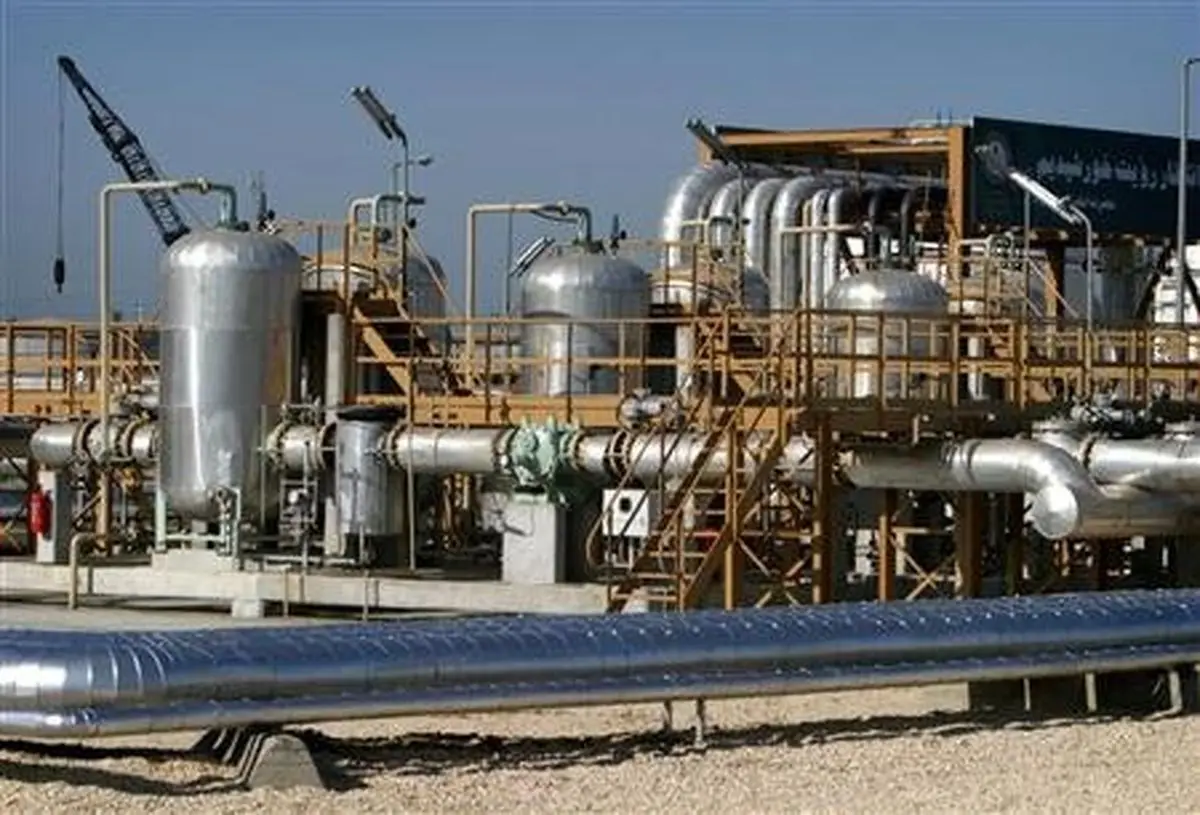Iran, Iraq battle for crude market share

Iraq and Iran boosted crude exports in September, taking advantage of a slower pace of shipments from the rival Saudi Arabia to win buyers in key markets like China and the US.
Iran shipped 2.28 million barrels of crude a day, the highest since December, while Iraq’s exports rose to 3.98 million barrels a day, the most since February, according to ship-tracking data compiled by Bloomberg.
Saudi Arabia’s exports were 6.68 million barrels a day, the second-lowest for this year, the data show.
Iran and Iraq’s moves to grab market share cast a light on internal tensions within OPEC, as Saudi Arabia, the group’s de facto leader and world’s top oil exporter, works to rebalance the global market.
“Iran and Iraq are both very opportunistic in selling into markets where buyers are no longer getting the same Saudi volumes,” said Richard Mallinson, an oil analyst at Energy Aspects Ltd. in London.
“We have seen Saudi Arabia’s exports lower over the last several months, which is consistent with their focus on the rebalancing process.”
"In Iran, I am expecting production to keep creeping up in the coming months and that exports will be up slightly," said Robin Mills, chief executive officer of Dubai-based consultant Qamar Energy.
“I do see them taking market share slowly from the Saudis, if the Saudis hold steady on their production cuts.”
Iran and Iraq will have to fight to keep their gains. Both are subject to the Organization of Petroleum Exporting Countries’ production caps and while they are working to raise output capacity, they are already pumping at or close to their limits.
Mallinson said their efforts to win market share will not put OPEC’s production cuts at risk. Iran, still facing some US restrictions on financing, is seeking investment and technology to raise output.
China's Market
Farther east, Iran is gaining on Saudi Arabia in crude sales to China.
The difference between China’s imports of Saudi oil and Iranian crude is at an eight-year low, according to customs data from the East Asian country.
Saudi Arabia shipped 833,000 barrels of crude a day to China in September compared with 600,000 barrels a day from Iran.
OPEC’s third-largest producer has ramped up output and doubled exports since sanctions on its energy industry were eased in January 2016.
Once the OPEC deal expires, Saudi Arabia will be able to pump more oil and potentially return to the record level of 10.7 million barrels a day it reached in July 2016. Saudi exports usually dip in the kingdom’s summer months, as domestic demand rises and then increase as the weather cools.
OPEC is to meet in November to discuss a possible extension of the deal beyond March.
According to Mallinson, improving demand may mean there is room for all in the market when the deal is over.
“We are seeing a market shift as stockpiles begin to clear and there will be more demand,” the Energy Aspects analyst said. “There should not be a problem in placing barrels when OPEC does resume full production after the current cuts end.”
END
